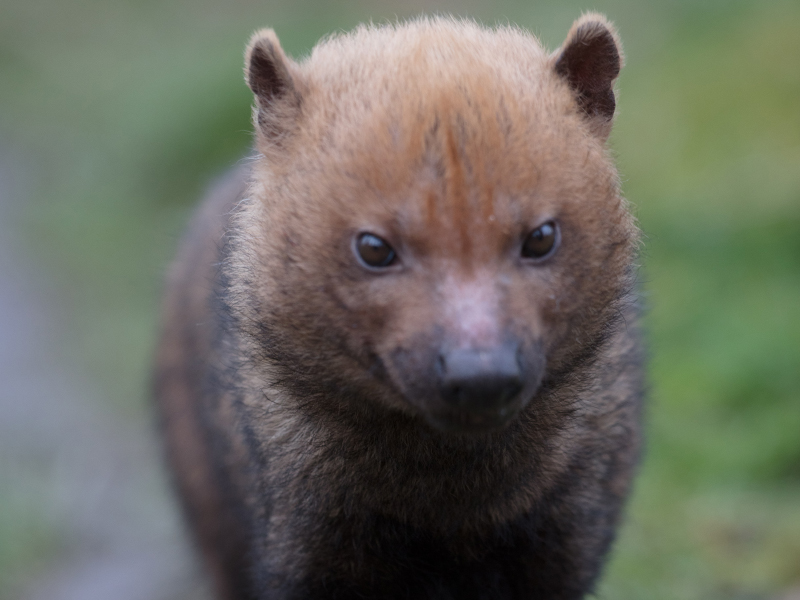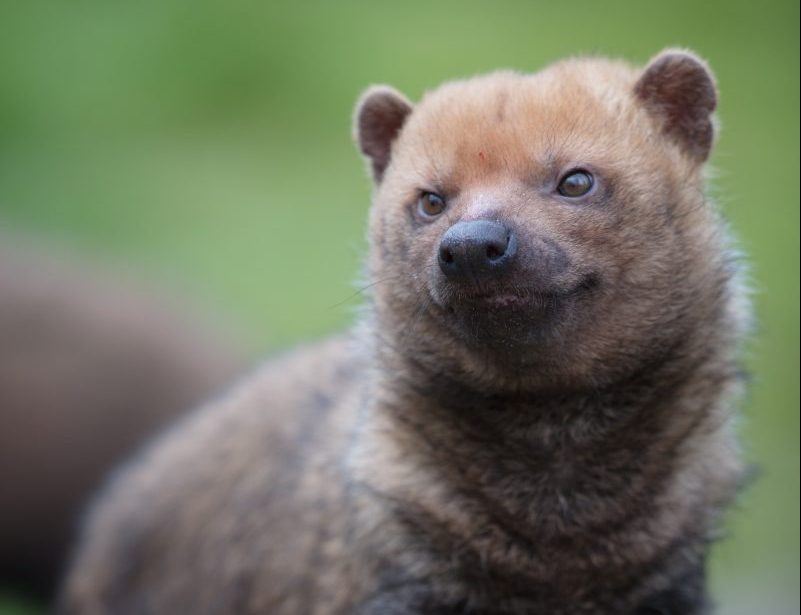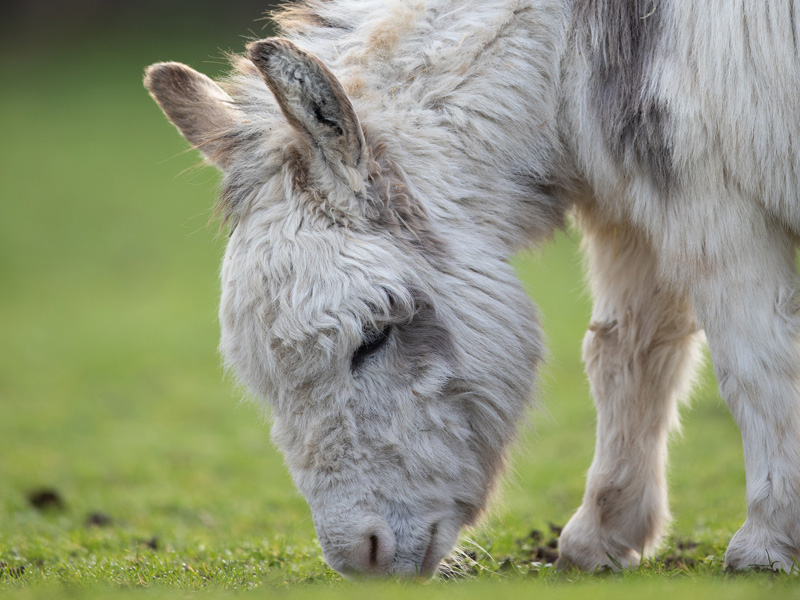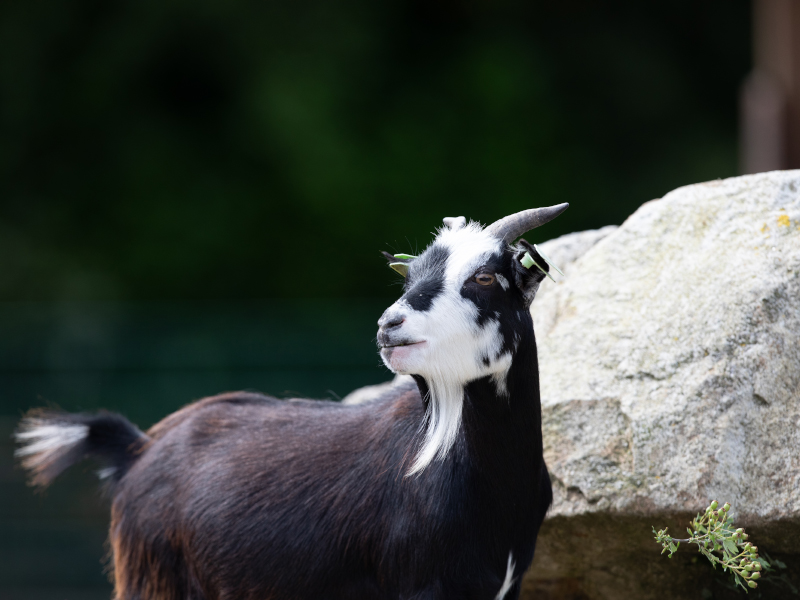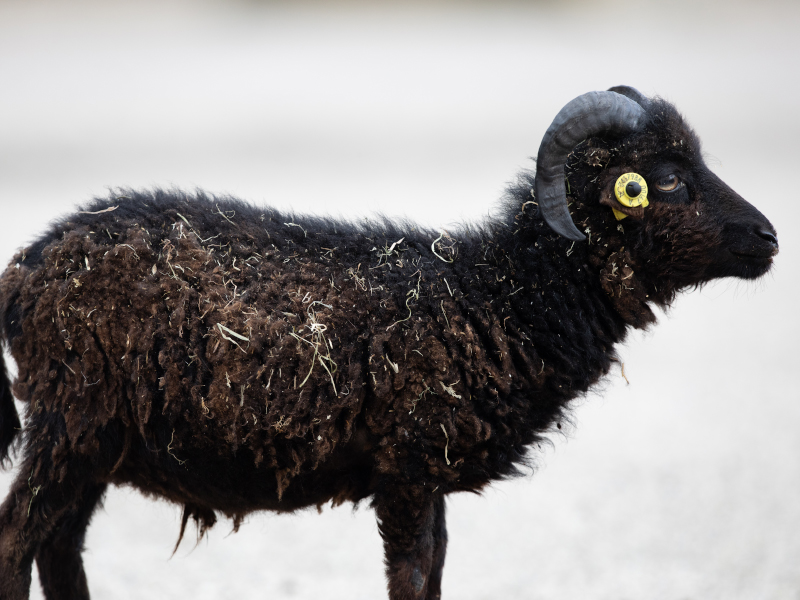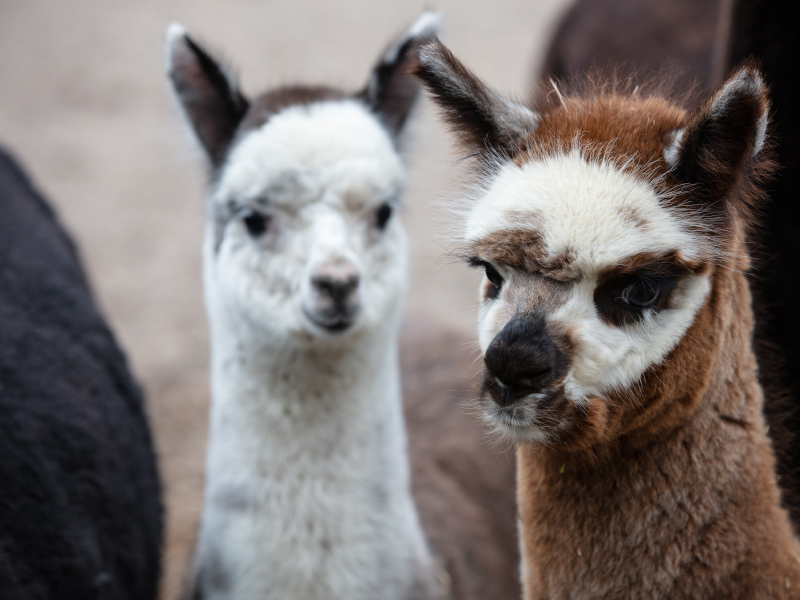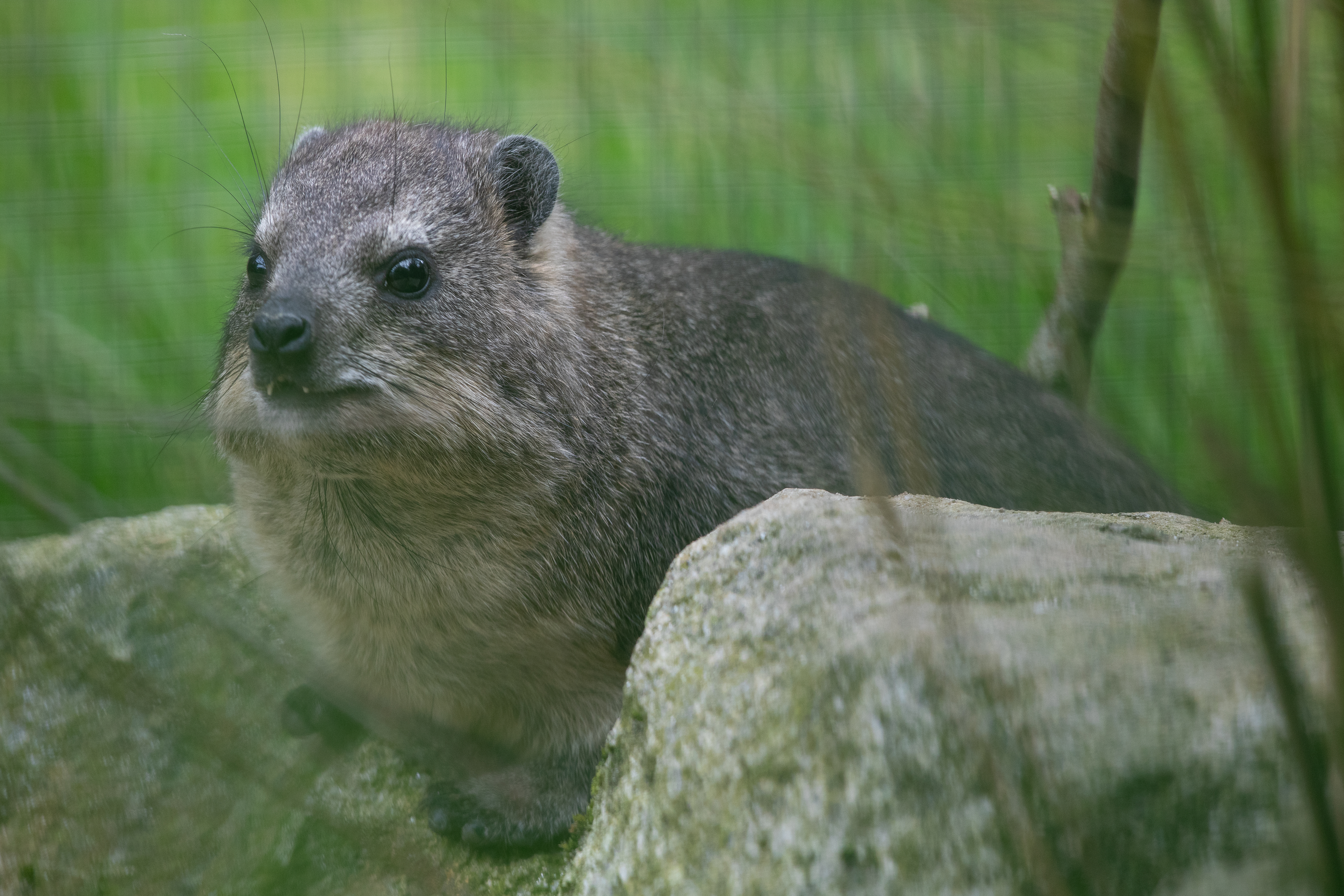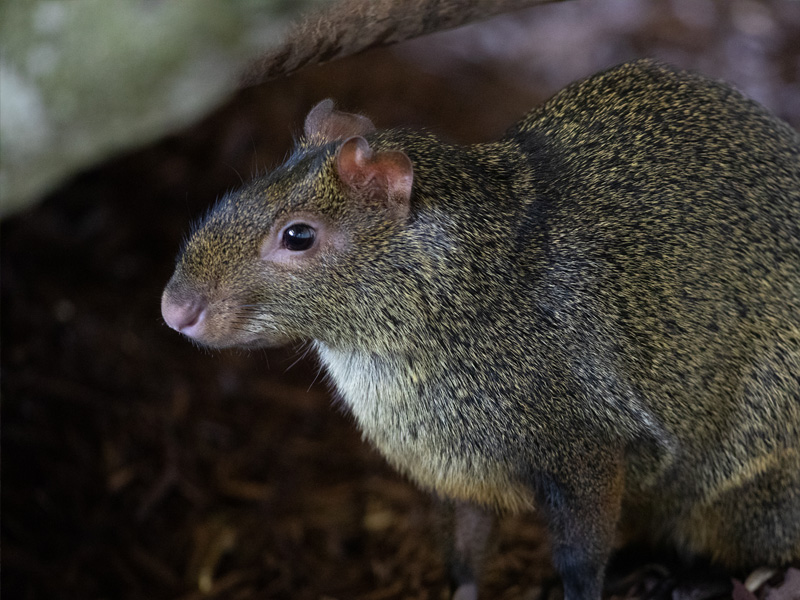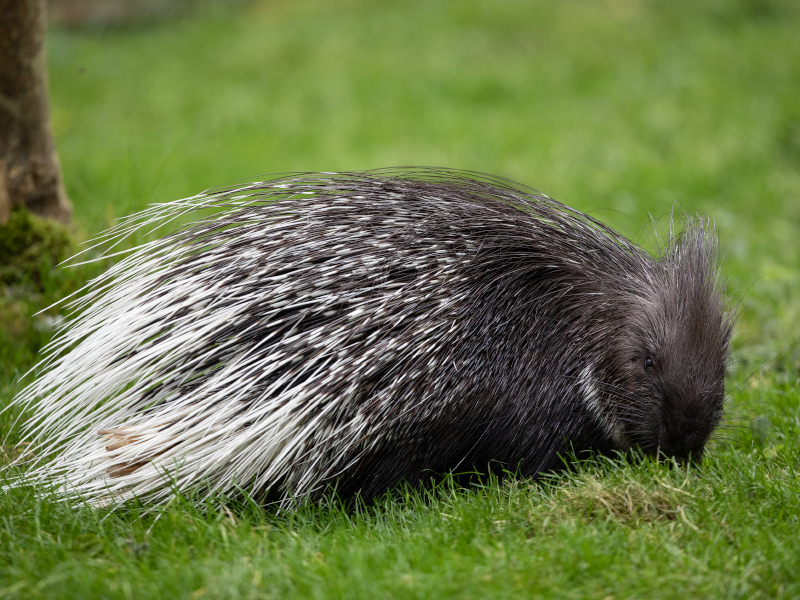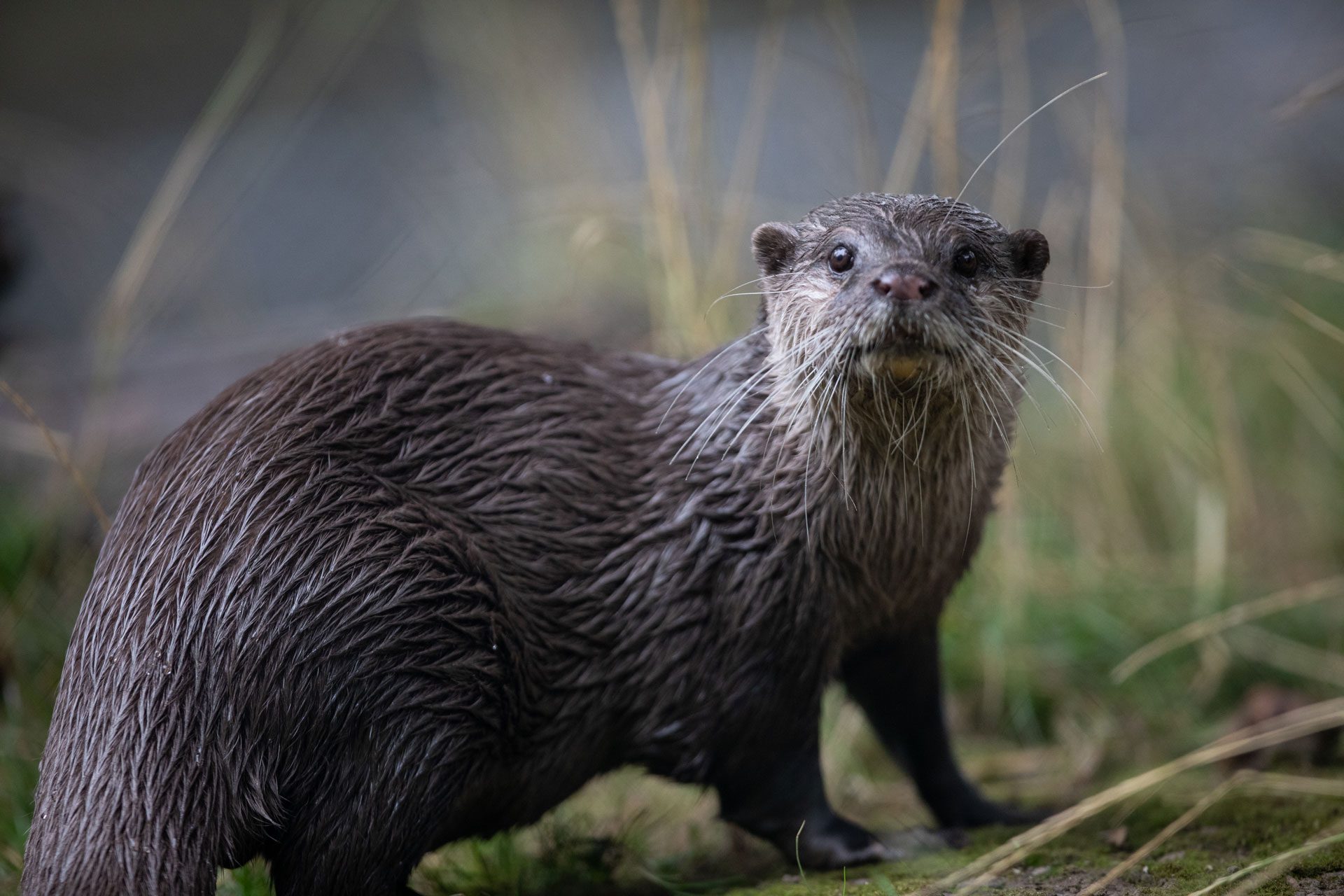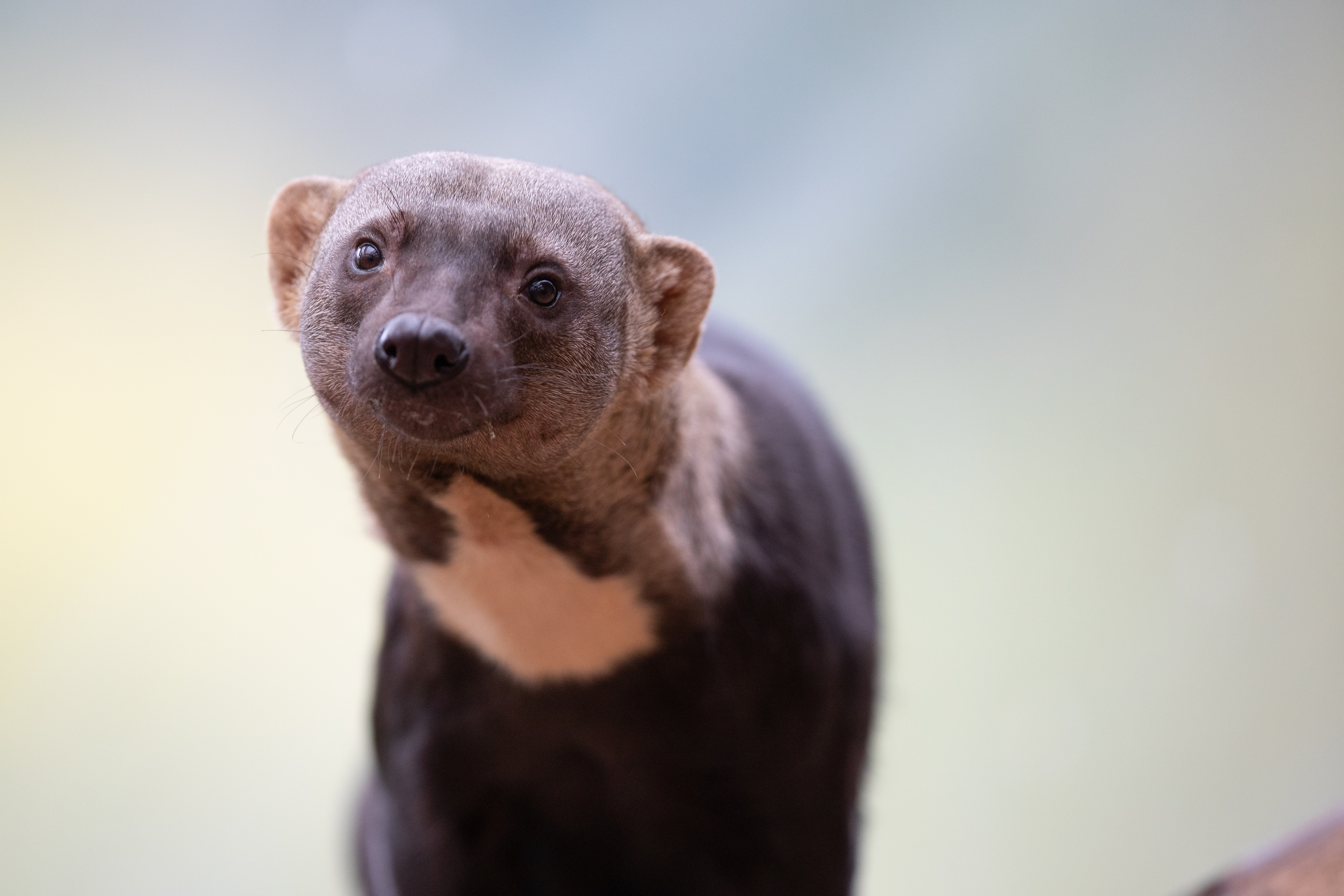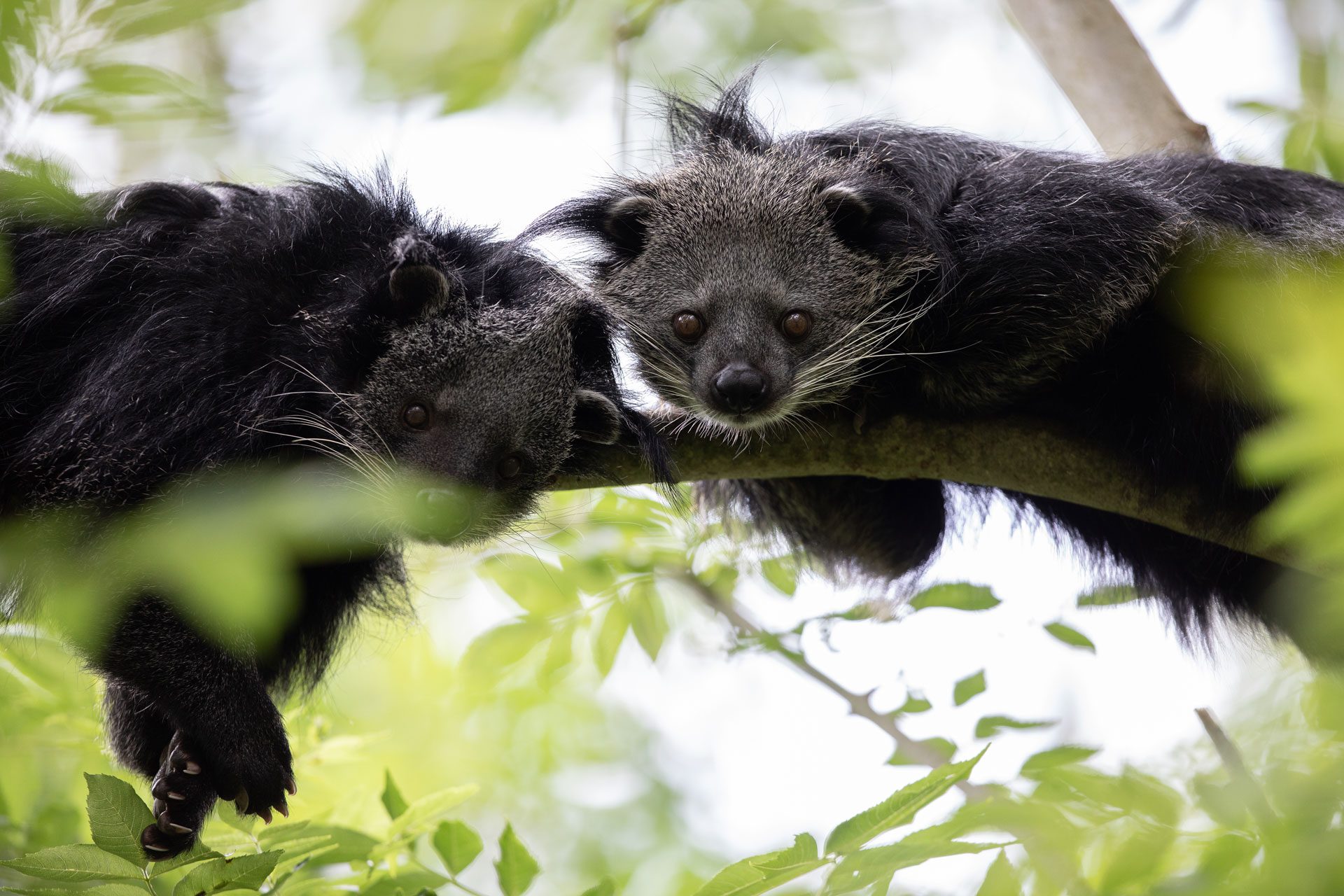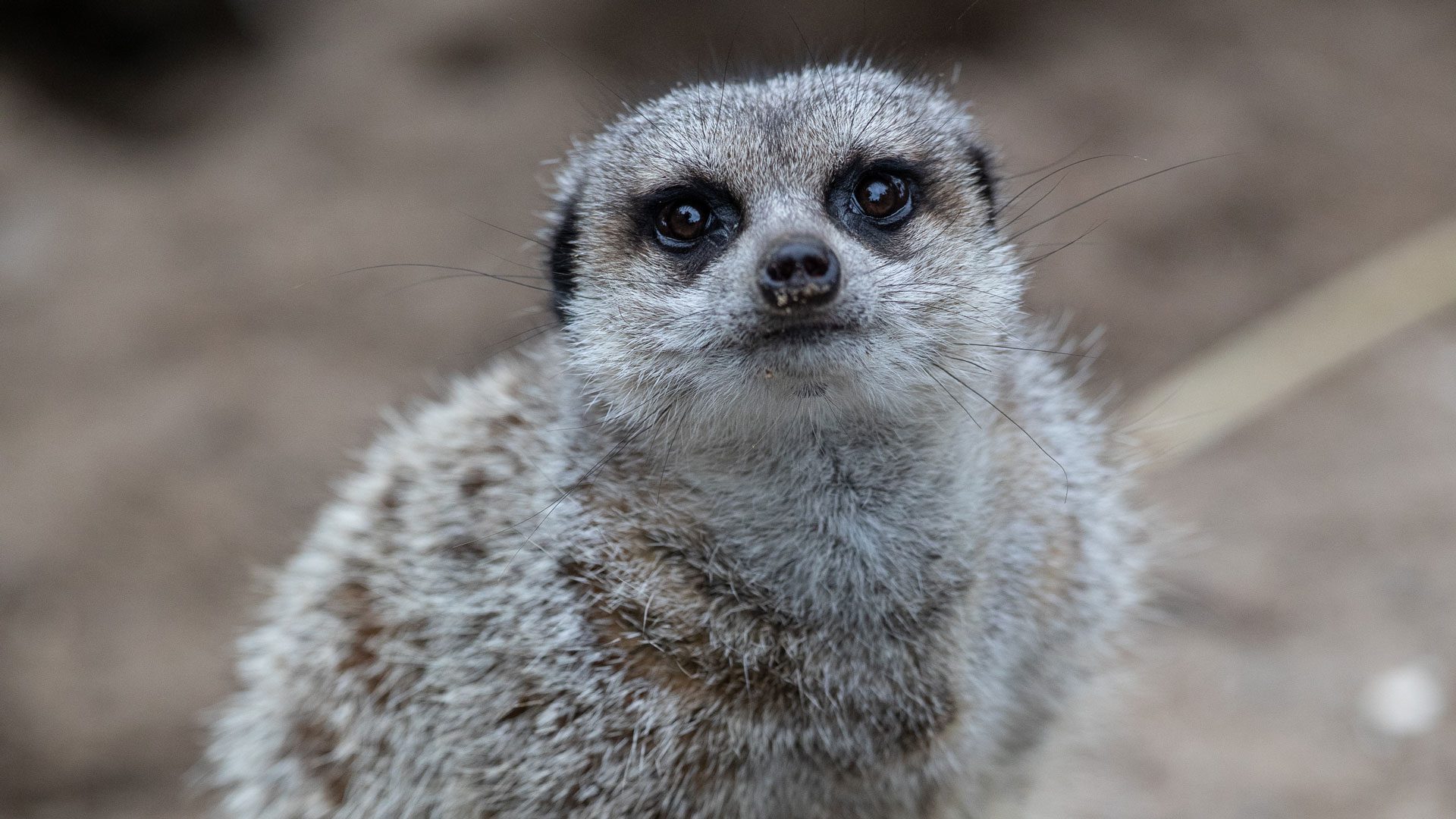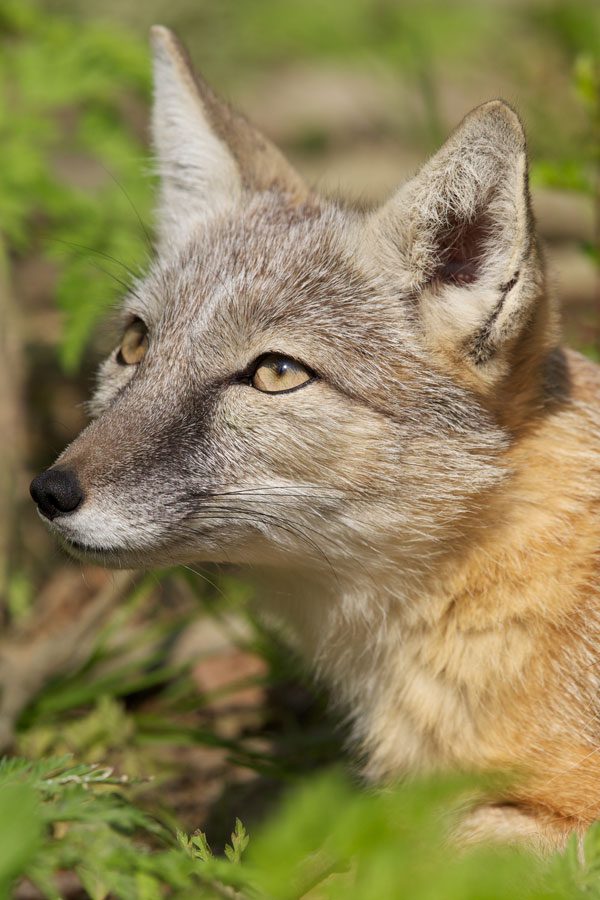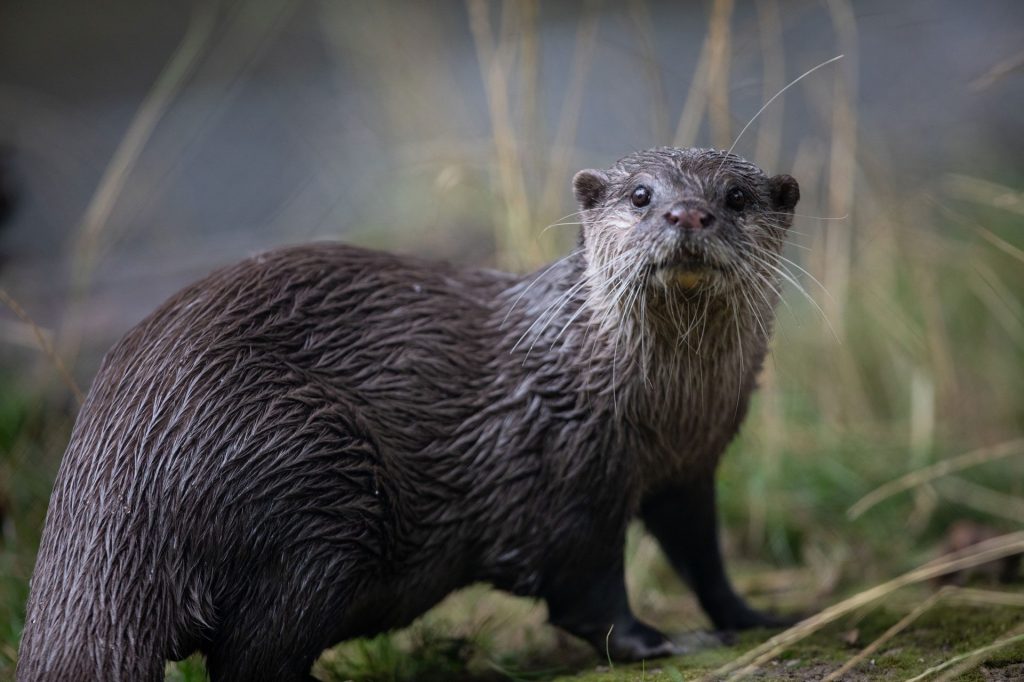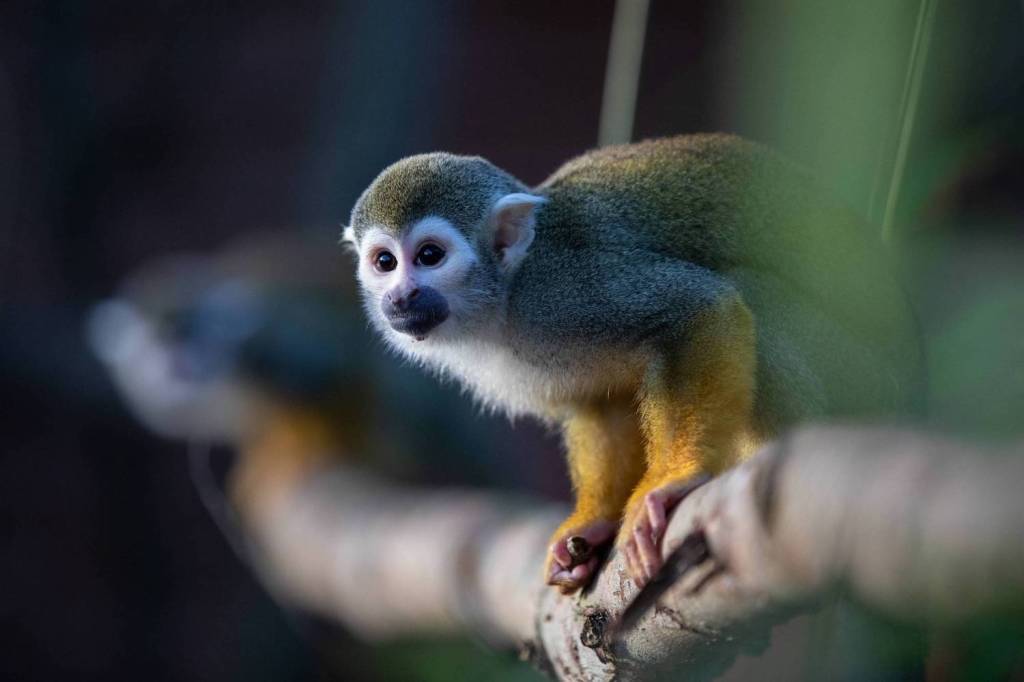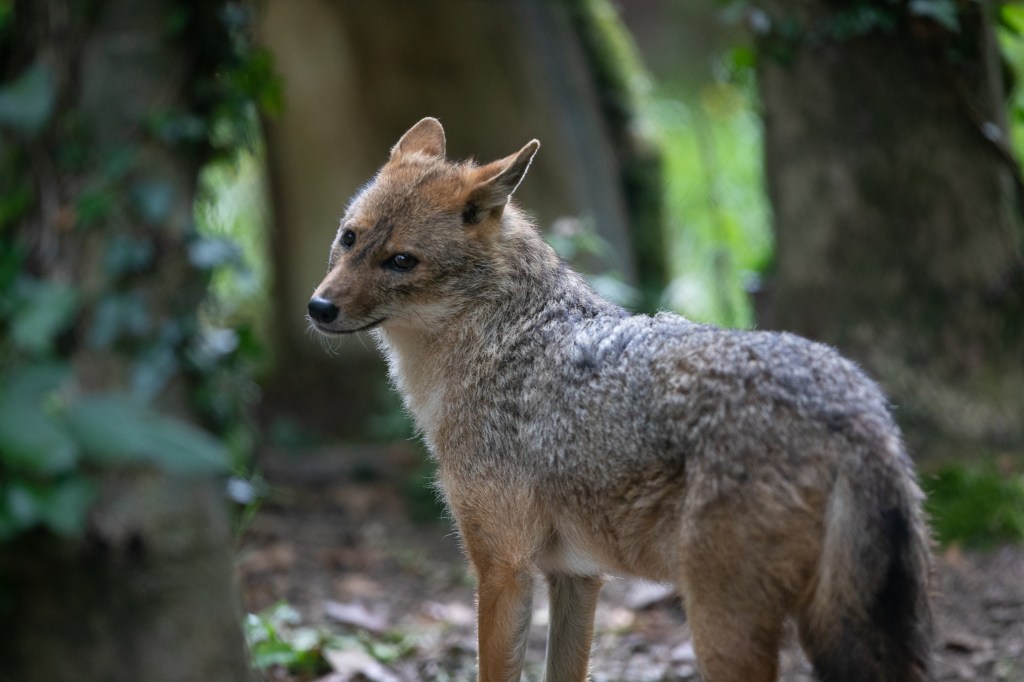Bush dogs are the smallest of the wild pack hunting dogs.
They have stout, thick bodies, short legs, and bushy tails. Their specially adapted webbed feet make them excellent swimmers enabling them to hunt both on land and in the water. They are canids that live in packs consisting of a single mated pair and their offspring. Bush dogs will use a complex range of vocalisations to communicate with one another.
As predators, they play a crucial role in the ecosystem. They regulate rodent populations ensuring they do not get too big and therefore maintain a healthy balance in the habitats that they inhabit.

Popular Searches
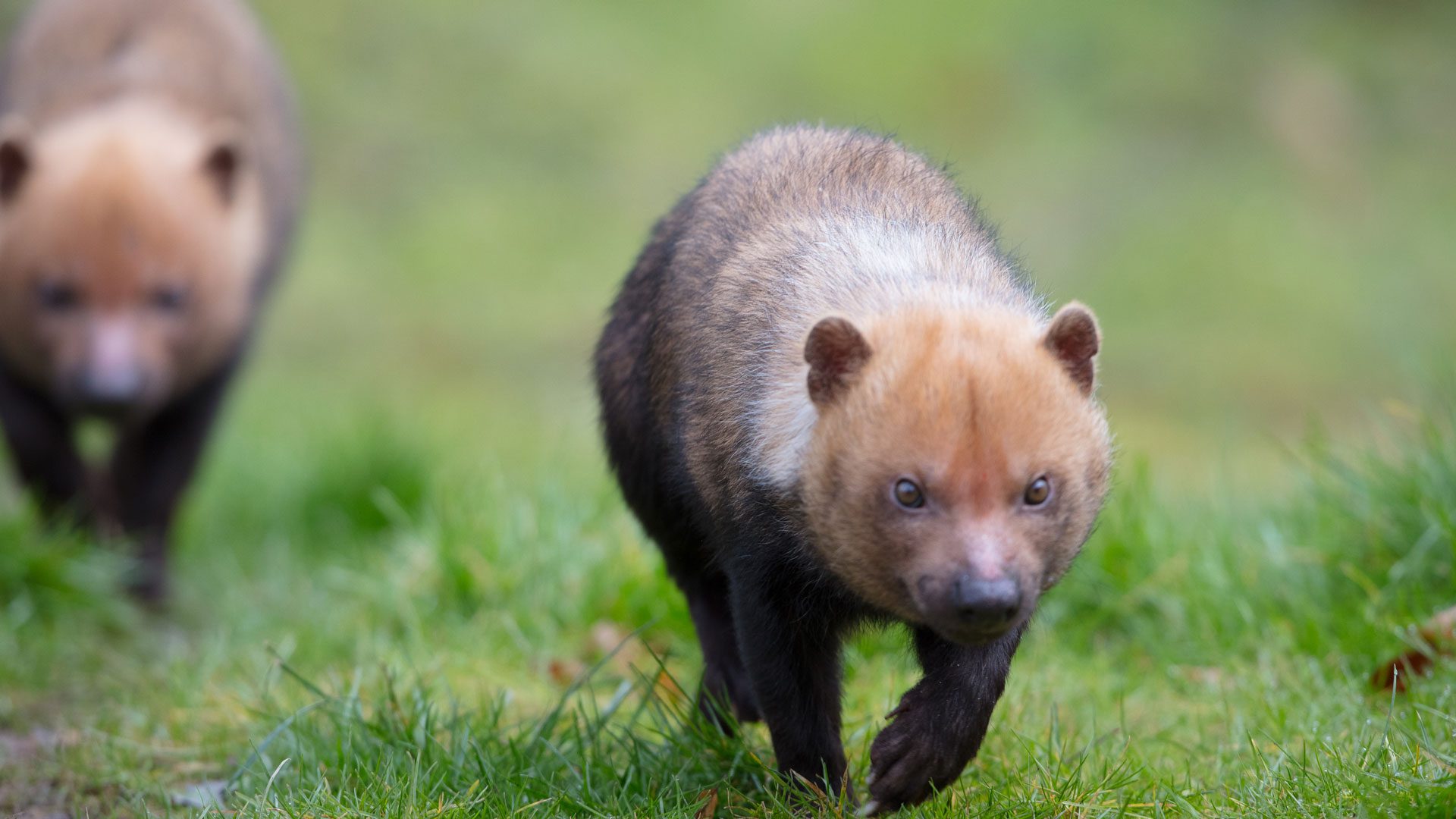
Bush dog
-
Introduction
-
Conservation
Bush dogs are classified as near threatened.
They are rare and difficult to find. Increasing habitat loss, illegal poaching of prey species and exposure to disease indicate that population trends are in decline*
*2008
Emerald Park conservation contribution:
EEP
Bush dogs are part of the EAZA Ex-situ Programme (EEP). This means that their population is managed to ensure that there are heathy individuals within EAZA member zoos and should there be the requirement of reintroductions, to the wild, in the future.
Wildlife Vets International
In the past, Emerald Park, has donated to Wildlife Vets international (WVI) who aid conservationist and local vets, around the world, to save endangered species. WVI have been involved in developing ways to mitigate the risk of Canine Distemper Virus (CDV) to wild animals, including Bush dogs. -
Habitat
Bush dogs are native to Central and South America where they can be found in the Amazon basin.
They have adapted to survive in a range of different habitats. They can be found in forest, savannah, shrubland and grassland but they prefer wetlands and areas with dense foliage due to their reclusive nature.
-
Fun Facts
Bush dogs will create dens, in old tree trunks or burrows, to have their young. The female will nurse the infants while the males hunt for food.
They are very social animals and will communicate with one another while hunting to warn each other of larger predators.



